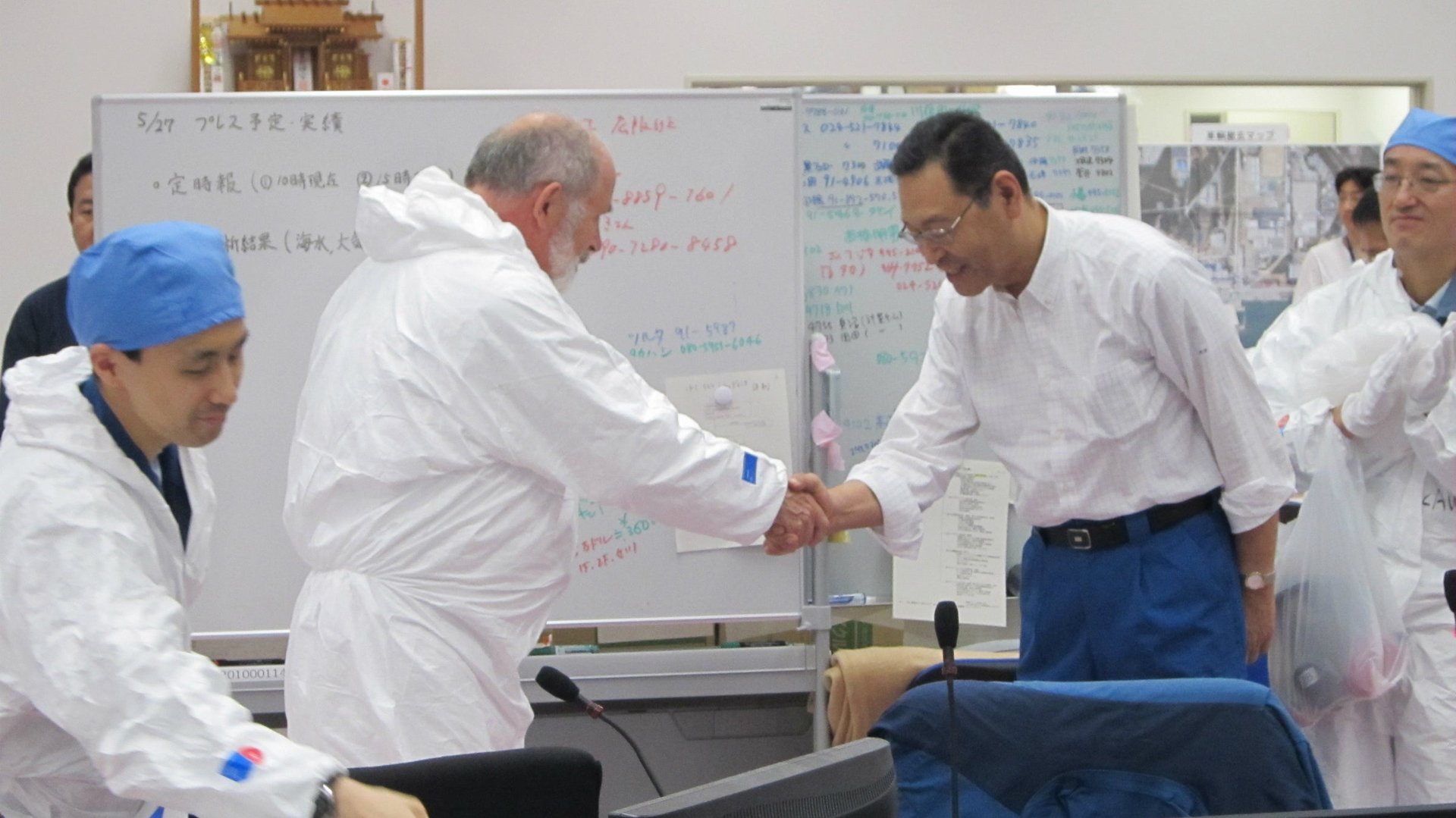What made the late Fukushima chief Masao Yoshida a Japanese hero?
Tributes to Masao Yoshida are ricocheting around the internet today. The 58-year-old was in charge of Japan’s Fukushima Dai-Ichi nuclear power plant when it was hit by a 13-meter tsunami in 2011. He died on Tuesday from cancer.


Tributes to Masao Yoshida are ricocheting around the internet today. The 58-year-old was in charge of Japan’s Fukushima Dai-Ichi nuclear power plant when it was hit by a 13-meter tsunami in 2011. He died on Tuesday from cancer.
The irony has not escaped netizens, some of whom wonder whether his diagnosis was connected to radiation exposure. The plant’s operator, Tepco, insists it was not. Yoshida left his post in December 2011 after fighting a nine-month battle to stop Fukushima’s reactors from overheating, and a week later Tepco disclosed his diagnosis.
His actions leading the “Fukushima 50”—a term that refers to the last remaining employees in the plant after all others had been evacuated—are only part of why Yoshida is highly regarded. Other than the fact that he stared death in the face, he is also credited for his disobedience during the crisis. He ignored an order from Tepco to stop pumping cooling seawater into the overheating reactors, which was issued out of concern that they would suffer corrosion, and was reprimanded as a result. But Yoshida’s call turned out to be the right one and helped minimize the damage, though he was unable to save the facility nor prevent contamination of the surrounding area.
Naoto Kan, Japan’s prime minister at the time of the tsunami, wrote on his Twitter account: “I bow in respect for his leadership and decision making.”
A video released by Tepco shows Yoshida apologizing to the Japanese people for the disaster at Fukushima and includes footage from inside the power plant.